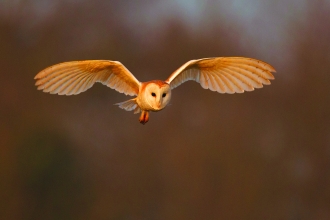We may be a ‘wet’ nation, but wetlands – wildlife-rich, carbon-capturing oases – are in shorter supply than you might think. Wetlands have largely been removed from our landscape, and this loss is a problem not just for nature, but for people too.
Wetland habitats take many forms, from upland peat bogs through to valley mires, floodplain meadows and vast reedbeds. Whether fed by rain or groundwater, these wet habitats all need a water supply to create the conditions that keep their soils, vegetation and resident species happy and healthy. In the UK we have lost a startling 90% of our former wetlands, often by draining them to make way for agriculture, development, forestry and other land uses.
This is bad for biodiversity, because around 40% of the world’s wildlife relies on freshwater wetlands. UK wetlands now cover just 3% of our landscape, yet a tenth of our species still make their home in them, and countless other creatures use wetlands to breed, hunt or forage for food. Our wet grasslands are where lapwing, curlew and snipe nest, bitterns boom in reedbeds, and bats swoop over watercourses and wetlands, feeding on the swarms of insects that emerge from them. Dragonflies, amphibians and the much-loved but endangered water vole can all be found across ponds and marshes, and now, in some places, as a result of the work of The Wildlife Trusts and others, beavers engineer new wetlands, creating habitat for aquatic insects, mammals and plants.
Wetlands are clearly important for many wild plants and animals, but we also rely on them. They provide ‘services’ that society needs, and without them, we struggle. The problems we face are set to intensify as our climate shifts and our settlements expand, unless we take urgent action to reverse these wetland losses. Here are just some of the essential services that wetlands provide:










